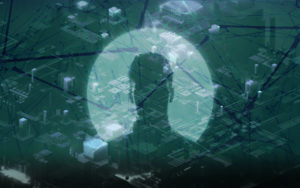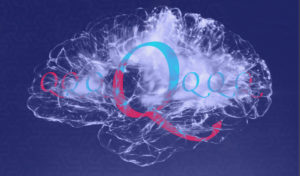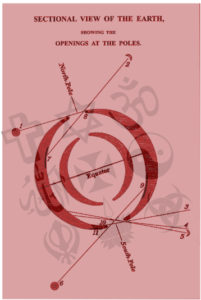“How efficient can I get?” is a question I often ask myself. For almost a decade now my family has been working towards greater energy, water, and waste efficiency with a goal towards something like sustainability. It began with electric and hybrid cars and then, by 2013, we remodeled a house following a green sustainable model. All of the existing cabinetry, surfaces (as best could be done), and fixtures were non-destructively excised and passed to Habitat for Humanity. Nearly 10kW of photovoltaics were fixed to several roof surfaces. The only limitation was the HOA and CC&Rs of our California community that mandated a fairly uniform lawn requirement, thus limiting water conservation options. We could have battled for it, but the housing development itself spent north of $200K per year on gardening services, so it seemed an uphill fight to deviate from their idealized and fairly lush landscape plans.
So when remodeling our 1930s-era house in New Mexico, we went even further. In addition to 8kW of photovoltaics that push us easily into electricity producer over the course of a year, we added rainwater capture and reuse for watering a largely xeric collection of decorative landscaping plants plus some small food garden plots. The water system is not nearly as reliable as the PV systems, though even those have had some issues. I’ll get to pros and cons as I build out the basic designs further along. But I can certainly say that on balance the effort has been a net positive.
So, first, some design details.
Let’s start with the solar system. The 8kW of PVs are in two sections. 5kW is on a south facing roofline of our casita/office. We call it Chateau Derrière and it attaches to the previously unattached garage that dates to the 1930s and is comprised of stacked rock and a stick roof.… Read the rest







